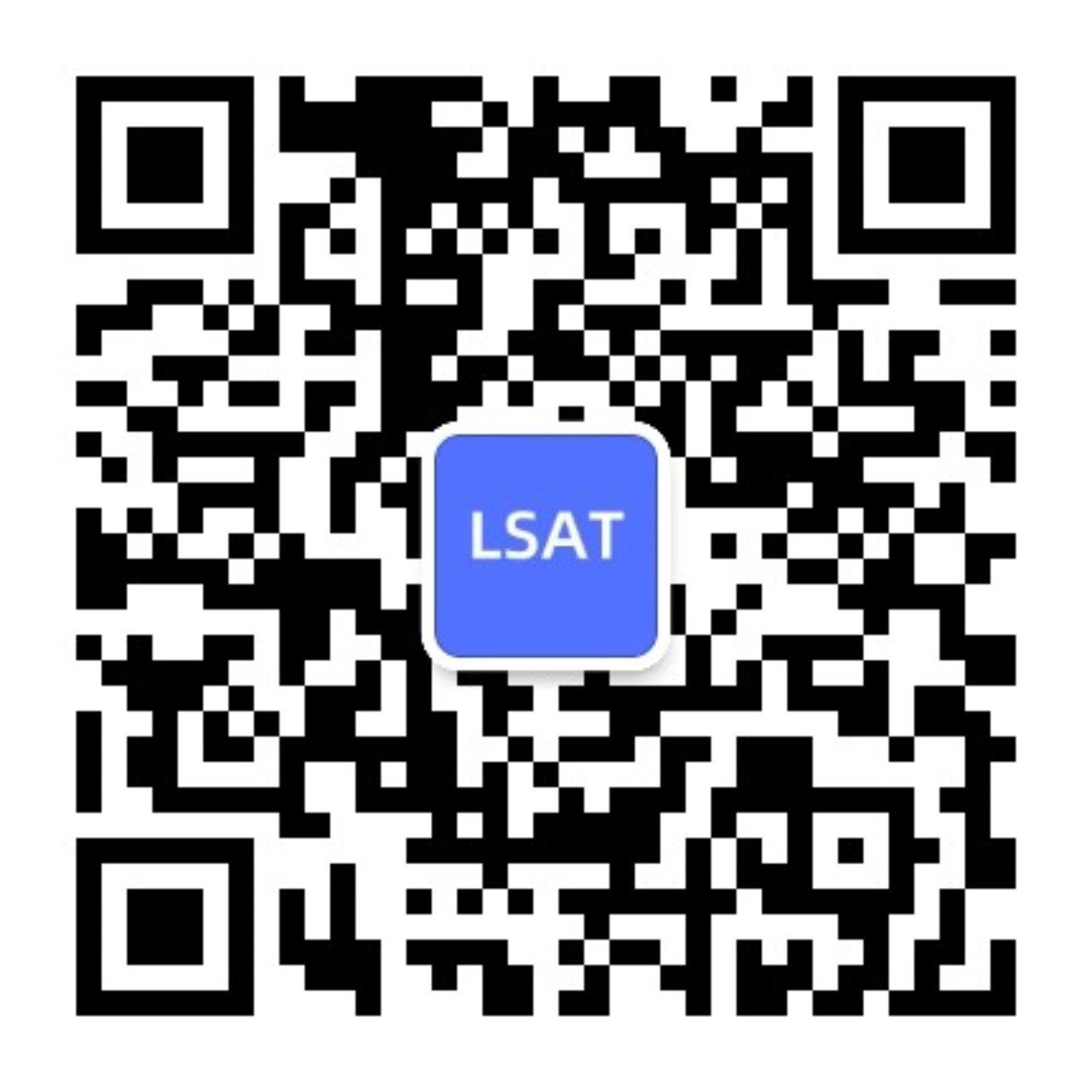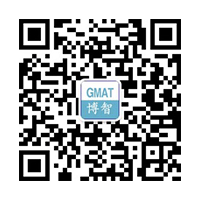博智教育 GMAT培训 GMAT每日一题
Maize contains the vitamin niacin, but not in a form the body can absorb. Pellagra is a disease that results from niacin deficiency. When maize was introduced into southern Europe from the Americas in the eighteenth century, it quickly became a dietary staple,
and many Europeans who came to subsist primarily on maize developed pellagra. Pellagra was virtually unknown at that time in the Americas, however, even among people who subsisted primarily on maize.
Which of the following, if true, most helps to explain the contrasting incidence of pellagra described above?
(A)Once introduced into southern Europe, maize became popular with landowners because of its high yields relative to other cereal crops.
(B) Maize grown in the Americas contained more niacin than maize grown in Europe did.
(C)Traditional ways of preparing maize in the Americas convert maize's niacin into a nutritionally useful form.
(D)In southern Europe many of the people who consumed maize also ate niacin-rich foods.
(E)Before the discovery of pellagra's link with niacin, it was widely believed that the disease was an infection that could be transmitted from person to person.
题目分析:早就说过,现象解释题原文会存在一个矛盾点,这个矛盾点事明明两个地方都吃玉米,为什么一个地方不得病一个地方会得病。A说因为玉米在欧洲很流行,扯远了。B因为在美国的玉米比欧洲的包含更多的n,因为美国的玉米包含更多的n,所以美国不会的n deficiency,通顺,留着。C说美国的烹调方法让食物里的n更容易吸收,这个比B好,n多如果不吸收有什么yon用,这个作答案更合适,别忘了,人家问的就是most helps to explain。D说欧洲人吃玉米的同时还会吃别的n很丰富的食物,那为什么欧洲人还会n deficiency,说不通,杀。E说原来这个病认为是人传人的,扯得就更远了,杀。
博智教育 GMAT培训 GMAT每日一题




